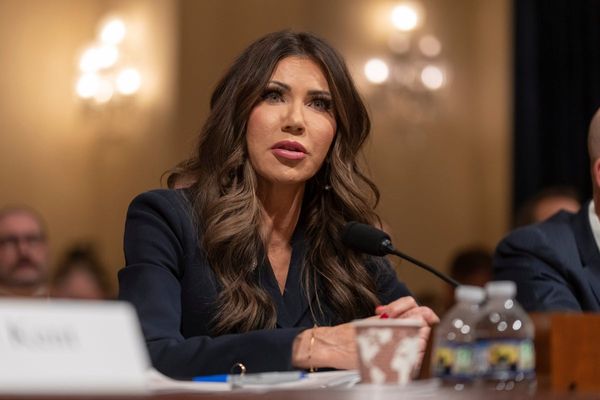
It starts out innocently enough: a quick video to buy five minutes of peace while making dinner or answering an email. But before long, YouTube becomes the go-to solution every time your child is bored, fussy, or in need of entertainment. If it feels like screens are parenting more than you are some days, you’re not alone. Many parents find themselves relying on digital content more than they’d like, especially when juggling work, chores, and everything else life throws their way. The good news? You can take back control of screen time and make more intentional choices that benefit your child’s development and your family dynamic.
1. Recognize When YouTube Crosses the Line
Not all screen time is harmful, but when YouTube becomes the default babysitter, it’s worth asking why. Kids might start to rely on videos for comfort, stimulation, or even as a sleep aid, which can crowd out healthier habits. Pay attention to when and why your child turns to screens—is it boredom, stress, or just a habit? Identifying the root cause helps you address the need rather than just the behavior. Being mindful of patterns is the first step toward reclaiming balance.
2. Set Clear Screen Time Boundaries
Kids thrive on structure, and that includes knowing when screen time is allowed. Create daily or weekly limits that fit your family’s routine, whether that’s 30 minutes after school or specific times on weekends. Consistency matters, so enforce the rules gently but firmly. Use timers or parental controls to make transitions easier and reduce arguments. When children know what to expect, they’re less likely to resist or sneak in extra time.
3. Curate Content with Care
Let’s face it: YouTube is a mixed bag. While it offers some high-quality educational programming, it also includes content that’s noisy, addictive, or downright inappropriate. Avoid handing over the remote entirely—instead, help your child choose shows or creators that align with your values. Consider using platforms like YouTube Kids, where you can tailor access and filter what’s available. Being involved in content choices ensures that screen time becomes a learning opportunity, not just a distraction.
4. Offer Engaging Alternatives
Sometimes, screen time takes over simply because there’s nothing else competing for attention. Keep age-appropriate toys, books, art supplies, and puzzles within easy reach. Encourage your child to play outside, build something with blocks, or even help you with simple chores. Rotating toys or introducing new activities periodically can reignite interest. When kids have fun, hands-on options, they’re less likely to reach for the tablet.
5. Model Healthy Screen Habits
Kids notice when parents scroll through phones at dinner or binge-watch TV at night. They learn what’s “normal” from what they see at home. Make a point of putting your phone away during meals, engaging in non-screen activities together, and showing that you also value tech-free time. It sends a strong message when the whole family works toward balanced habits. Modeling restraint is more effective than preaching it.
6. Use Screens as a Tool, Not a Crutch
Technology can be a helpful part of modern parenting when used purposefully. Use YouTube to supplement learning, spark creativity, or explore shared interests together. Watch a science video and do a related experiment afterward, or explore kid-friendly cooking channels and make a recipe as a family. When screens serve a purpose beyond entertainment, they become tools—not babysitters. The key is to stay involved and make it collaborative.
7. Build Transitions into Your Routine
One of the biggest challenges with screen time is getting kids to turn it off without a meltdown. Transitions are easier when kids are given a warning and something to look forward to next. Try saying, “You have five more minutes, then we’re going to read a book or go outside.” Use visual timers or countdown songs for younger children. Practicing this regularly helps make the shift away from screens smoother and less stressful for everyone.
8. Don’t Guilt Yourself—Parenting Is Hard
Every parent has moments where a screen saves the day. That doesn’t make you lazy or inattentive. It means you’re human and doing your best in a demanding world. The goal isn’t to eliminate YouTube completely but to use it mindfully and in moderation. Give yourself grace and focus on small changes that make a big impact.
Reclaiming Connection, One Choice at a Time
When YouTube becomes the babysitter, it’s often a sign that families are overwhelmed and in need of support—not judgment. By setting thoughtful limits, choosing meaningful content, and offering real-world alternatives, parents can regain control and create more connection in everyday life. Screen time doesn’t have to take over; with intention, it can be part of a balanced, happy home.
Have you ever found yourself relying on YouTube a little more than you’d like? What strategies have helped you take back control? Share your thoughts in the comments!
Read More:
YouTube Safety Rules Every Parent Should Know
Is a Youtube Channel for Your Kids a Good Idea? – Kids Ain’t Cheap
The post When YouTube Becomes the Babysitter—And How to Take Control appeared first on Kids Ain't Cheap.







